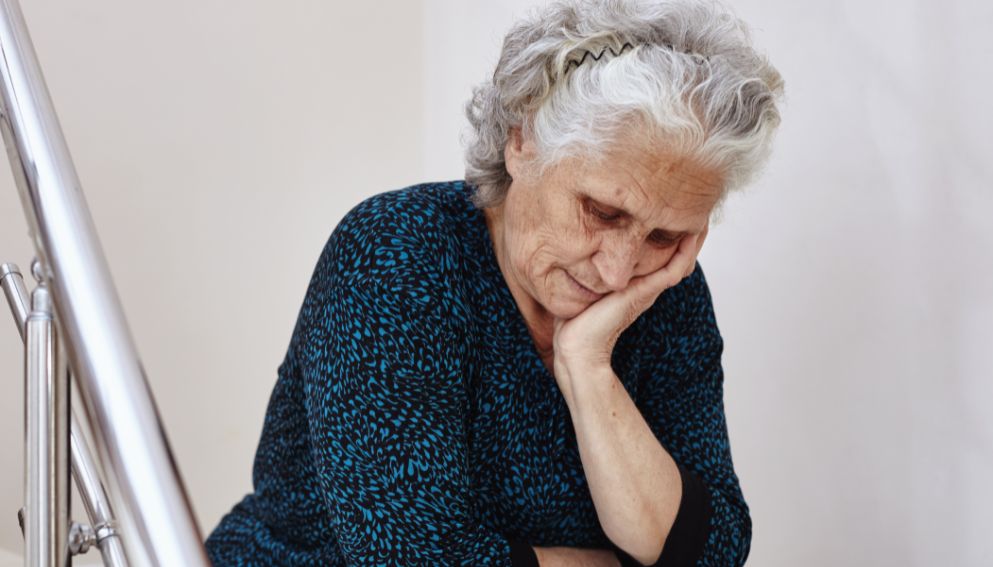West Covina Elder Abuse Lawyer
West Covina Elder Abuse Attorney
When an elder is placed in the care of an individual or an institution, it’s assumed they will be safe and protected. However, this is not always the case. Often seen as weak or vulnerable, the elderly can easily become victims of abuse. Learning about elder abuse can help you and your loved ones seek the assistance you need should you or a loved one become a victim.

Elder Abuse
Defined by California Penal Code 368, elder abuse is an action or willful omission that inflicts mental or physical harm on an elderly person. Whether through intentional or unintentional acts, it is a form of frequent and ongoing mistreatment. It can be committed knowingly through exploiting or harming the individual or unknowingly through negligent behaviors.
Types of Elder Abuse
According to the National Council on Aging, it is estimated that only one in 24 cases of elder abuse cases are ever investigated. There are several types of elderly abuse, all of which are alarming. Many abuse types fall into three categories:
- Physical abuse. Just as it sounds, physical contact that causes harm or pain to an elderly individual may be a form of abuse. This could be an intentional act, such as hitting or kicking an individual, or it could be unintentionally caused by negligence, such as failing to provide a safe environment that results in physical harm. In addition, not providing basic care such as food or water could result in significant weight loss, malnutrition, or dehydration, which are all examples of physical abuse.
- Emotional abuse. While this form of abuse may not leave physical signs it is occurring, it can be just as devastating. Caused by verbal mistreatment, like yelling at someone or intentionally isolating them from others for long periods, emotional abuse could have a dramatic impact on the mental health of an individual. Many times, this is recognized through behavioral changes such as withdrawn behavior, anxiety, or fear.
- Financial abuse. Unfortunately, fraud against an elderly individual can be very common. Often taking advantage of an elderly individual’s mental capacity, those who commit financial abuse will coerce the elderly individual to sign documents under false pretenses, use their identity to obtain loans, or simply take cash or valuables from them.
Common Signs of Abuse
There are many signs that could allude to elder abuse, such as:
- Unexplained or sudden physical injuries
- Recurring injuries, illnesses, or inflictions
- Poor hygiene or indications that basic needs are not being met
- Ulcers on the body or bed sores
- Sudden weight loss, malnutrition, or dehydration
- The contraction of sexually transmitted diseases
- New emotional responses, including fear, anxiety, agitation, or low self-esteem
- Declining physical or mental health
- Bank withdrawals that are new or unexpected
- Unusual financial transactions
Looking through this list, it is easy to see why many instances of abuse are unreported, as they can easily be written off as part of the aging process. Therefore, it is even more important to have these situations investigated.
Discovering Elder Abuse
First and foremost, elder abuse, like child abuse, is governed by laws that require the reporting of suspected abuse. If abuse is discovered or suspected, you should immediately take action. The first step is to relocate the individual to a different care facility or with a different family member. After you are satisfied the individual is safe, turn to the police and/or care facility management. Ensure the abused individual receives the help they need for any personal injury, physical or mental treatment. Then, contact a personal attorney who can review the case and help with any criminal charges and claims that need to be filed.
Compensation From Civil Claims
Filing a claim for elder abuse can be used to reclaim not just money but justice. Whether criminal prosecution moves forward or not, holding those financially accountable for the harm they caused can help to bring closure. In a civil claim, damages can be sought for medical bills, financial losses, legal fees, pain and suffering, emotional and mental distress, therapy because of the abuse, and even wrongful death damages.
To prove a person is responsible for the abuse, you need to collect documentation, witness statements, medical records, surveillance footage, and photos, as well as rely on the testimony of an expert. It is on the plaintiff to prove that the abuse occurred and that there was intent or negligence.
FAQs About West Covina, CA Elder Abuse Law
What Qualifies as Elder Abuse in California?
Elder or dependent adult abuse is when physical abuse, neglect, financial abuse, abandonment, isolation, abduction, or other behaviors cause physical or mental harm. They occur with the intent to cause pain or suffering or through neglect.
How Do You Prove Elder Financial Abuse in California?
To show there was financial abuse against an elderly individual, there are three main facts that must be established:
- It is “more likely than not” that abuse occurred.
- The victim was aged 65 or older or considered a dependent adult.
- The person who committed the abuse knew their action was harmful.
Who Can Sue for Elder Abuse in California?
Those who have a legal right to sue for elder abuse in California include:
- The elderly victim or dependent adult
- Family members or a dependent who holds a power of attorney
- A successor of the estate
- A family member who was a witness to abuse
- The guardian of a dependent adult
- The spouse of the elderly individual or dependent adult
What Is the Most Common Form of Elder Mistreatment?
Because of its difficulty in being easily recognized, psychological abuse is often the most common. These acts intentionally seek to cause pain to the individual. They can cause the victim to become withdrawn or feel fear, anxiety, or depression. The perpetrator may or may not know their actions are abusive or they could write off behavior changes as simply the result of aging.
West Covina Elder Abuse Attorney
Although elder abuse can be difficult to establish, it is important to report it if you suspect it. You don’t, however, have to face this challenge alone. With the help of an expert elder law attorney, you and your loved one will have the support and voice you need to hold those who cause harm accountable and seek the compensation you deserve. At Belgum, Fry, & Van Allen, our team of experienced and knowledgeable attorneys can use the law to help you and your loved ones. Contact us today.



